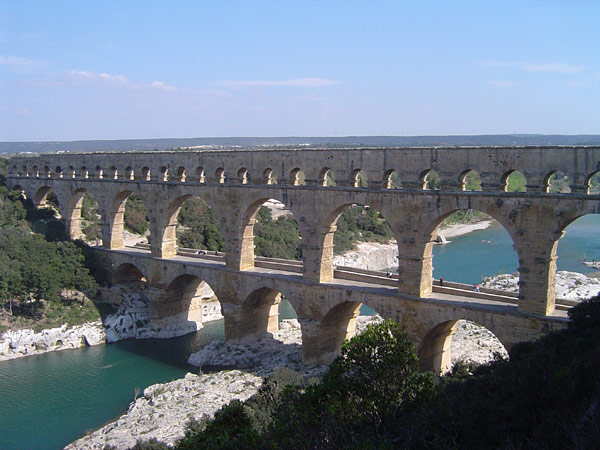Separation of Fresh Water from Sewer Waste
Greece
In Greece, in the city of Crete, the Minoans had built a system of sewage disposal, that utilized the steep grades that also removed drainage and was built in the range of 3000 to 1500 BC. This system helped drain off disposed water from the terra cotta tubs by hand and poured into an outlet in a floor. These terra cotta tubs were found in King Minos’ palace that dated back to about 1700 BC. The materials used for these drains consisted of clay, limestone and terra cotta. There were also channels that had been found underground, which were man made and also were made of natural stone formations. These are still in use today when heavy rains overflow into them.
Rome
In Rome, plumbing developed considerably. Plumbum, which is Latin, represented the modern word plumbing and is defined as lead, as pipes in Rome were originally made of lead.
Sewers first appeared in Rome around 800 B.C., this was almost 500 years before the first aqueduct was built. The largest sewer, Cloaca Maxima, which is still in use today, provides drainage and carries off surface water for all of Rome.
Plumbing over the ages has routinely started with large volumes of water moving through aqueducts to move water to metropolitan areas, then into large pipes from the aqueducts within a metropolitan area, then from off of the large pipes into smaller pipes and eventually into homes.
One consideration over time has been to keep fresh water from sewer waste, with numerous exceptions, especially in the Middle Ages, with disastrous results, which caused Typhus, Dysentery and Typhoid. Over the centuries, the methodology of separation of fresh water from sewer water has progressed significantly.
Roman baths were quite advanced in their day. They had bronze valves and had fixtures made of silver and gold. A fancy Roman bathroom had marble steps leading down to a floor filled with water, lined with walls made of marble. Plumbing technology was not limited to solely residences. Emperor’s galleys (Roman ships), had plumbing that competed with what was found in a land bathroom, with running water to cabins.

